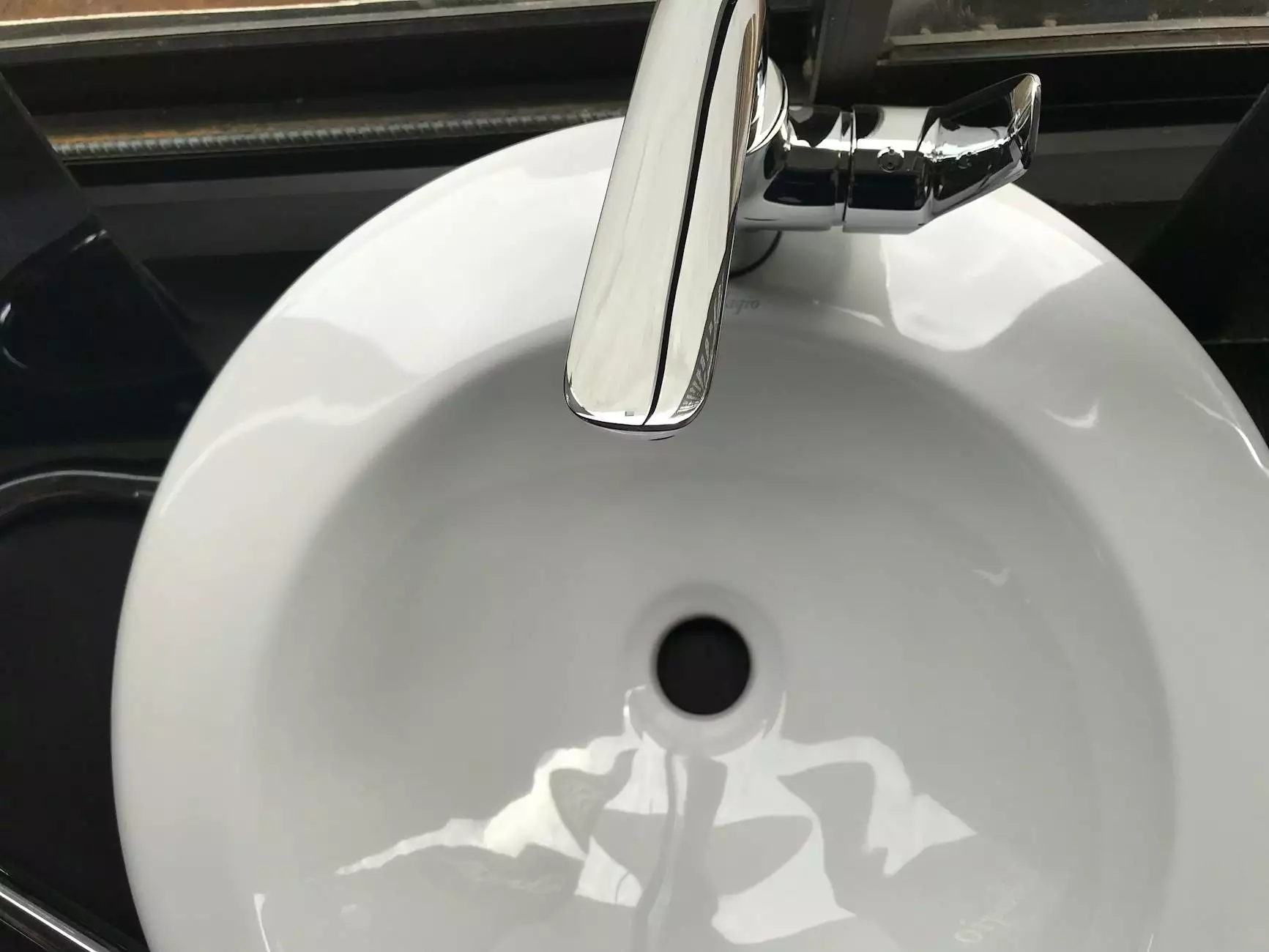Ultimate Guide to Bathroom Sink Plumbing Repair: Tips and Tricks

When it comes to bathroom sink plumbing repair, understanding the common issues and how to address them can save you time, money, and frustration. Whether it's a leaky faucet, clogged drain, or malfunctioning garbage disposal, having a solid grasp of plumbing fundamentals is essential. This comprehensive guide will provide you with everything you need to know to tackle these problems head-on.
Common Issues with Bathroom Sink Plumbing
Before diving into repairs, it's crucial to identify the common problems that may arise with bathroom sink plumbing. Here’s a list of typical issues you might face:
- Leaky Faucets: Dripping faucets can waste water and increase your utility bills.
- Clogged Drains: Hair, soap residue, and other debris can obstruct water flow.
- Broken Drain Stopper: If your sink’s stopper isn't functioning, it can affect your ability to fill the sink.
- Water Pressure Issues: Inconsistent water pressure can indicate plumbing problems.
- Overflowing Sink: Blocked drains can lead to overflow situations, causing damage.
Tools and Materials You Will Need
When preparing for any bathroom sink plumbing repair, equipping yourself with the right tools and materials is essential. Here’s a list of must-have items:
- Adjustable Wrench: For loosening and tightening nuts and bolts.
- Plumber's Tape: To prevent leaks in threaded connections.
- Sink Plunger: To unclog stubborn drains.
- Screwdrivers: Flathead and Phillips for various screws.
- Pipe Wrench: Ideal for gripping and turning plumbing pipes.
- Bucket: To catch any water during repairs.
- Vinegar and Baking Soda: A natural solution for drain cleaning.
- Replacement Parts: Depending on your issue, be prepared to stock common replacement parts.
Step-by-Step Instructions for Common Repairs
Repairing a Leaky Faucet
A leaking faucet is not just an annoyance; it's also a waste of water. Here’s how to repair it:
- Turn Off the Water Supply: Locate the valve under the sink and turn it off to stop the water flow.
- Plug the Drain: Use a rag or drain plug to prevent losing small parts down the drain.
- Disassemble the Faucet: Remove the handle and take off the packing nut, exposing the cartridge or ball mechanism.
- Inspect and Replace Parts: Check washers, O-rings, and seals for wear and replace them as needed.
- Reassemble the Faucet: Put the faucet back together in reverse order and turn the water supply back on.
Unclogging a Bathroom Sink Drain
If your bathroom sink is draining slowly or not at all, you might need to unclog it. Follow these steps:
- Boiling Water: Sometimes, pouring boiling water can dissolve minor clogs.
- Use a Plunger: If water backs up, try using a sink plunger vigorously for a few minutes.
- Vinegar and Baking Soda: Pour half a cup of baking soda followed by a cup of vinegar. Cover the drain and let it sit for 30 minutes, then flush with hot water.
- Clear the Trap: If the clog persists, remove the P-trap and clear any debris manually.
- Reassemble and Test: Put the trap back on and run water to ensure it’s flowing freely.
Fixing a Broken Drain Stopper
When your sink's stopper fails to seal or lift, follow these steps:
- Assess the Mechanism: Determine if the issue is with a lift rod or pivot rod.
- Remove the Stopper: Unscrew the pivot rod from the drain mechanism to take out the stopper.
- Inspect and Clean: Look for any blockages or corrosion and clean gently.
- Replace or Fix: If any parts are damaged, they should be replaced. Otherwise, re-assemble the mechanism.
- Test the Stopper: Ensure it moves up and down freely and that it seals properly.
Preventive Maintenance for Your Bathroom Sink
Regular maintenance can prevent many common issues with bathroom sink plumbing repair. Consider the following tips:
- Frequent Cleaning: Clean your sink and drain monthly to prevent buildup.
- Use a Drain Strainer: This helps catch hair and debris before it causes clogs.
- Periodic Checks: Regularly inspect under the sink for leaks or water stains.
- Avoid Chemical Drain Cleaners: They can damage pipes over time; try natural alternatives instead.
- Know Your Plumbing Layout: Familiarize yourself with your plumbing system to make repairs easier.
When to Call a Professional
While many bathroom sink plumbing repairs can be handled DIY-style, some issues are better left to the professionals:
- If you encounter major leaks that cannot be contained.
- When the clog is deep in the plumbing beyond your reach.
- If you are unsure about how to handle electrical components (e.g., for sinks with garbage disposals).
- When faced with water contamination or backflow issues.
- If significant rebuilding or part replacement is required.
Conclusion
Understanding how to perform basic bathroom sink plumbing repair is invaluable for any homeowner. By learning the common issues, acquiring the right tools, and following step-by-step guides, you can tackle most plumbing challenges efficiently. Remember, regular maintenance is key to preventing future problems. However, when in doubt, it’s wise to consult a professional plumber from whiteplumbingcompany.com for expert assistance. Keeping your plumbing system in excellent condition not only enhances your home’s functionality but also increases its value.









